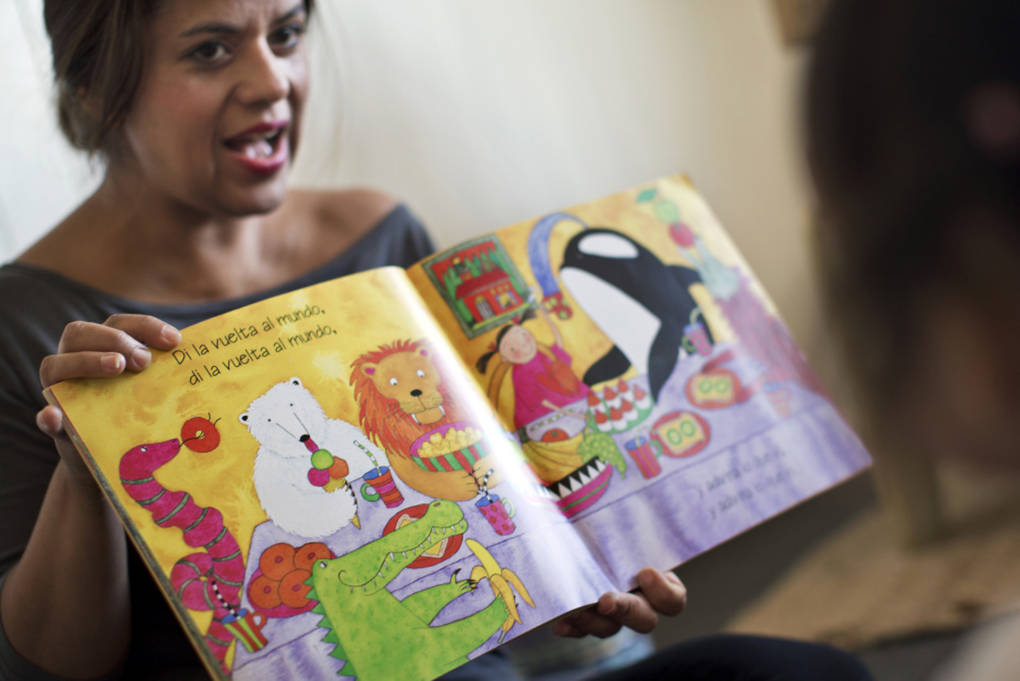Increase the number of Spanish and Creole speaking outreach staff
The West Side has many residents who primarily speak Spanish and Creole. Increasing the capacity of early childhood providers to communicate with Spanish and Creole speaking children will improve their early learning experience.
Data from 2017 Needs Assessment
“Early Childhood Teachers’ Approaches to Multicultural Education & Perceived Barriers to Disseminating Anti-Bias Messages”
Vittrup, B. (2016). Multicultural Education, 23(3/4), 37-41
Abstract
Over the past two decades, the US has become increasingly more diverse. Since 2000, the Hispanic and Asian populations have each grown by 43% (now comprising 16% and 4.8%, respectively, of the total population), the American Indian and Alaska Native population by 18% (now 0.9% of the population), African American population by 12% (now 12.6% of the population), and those identifying as more than one race by 32% (now 2.9% of the population) (US Census Bureau, 2011). This growth and diversification of society means that our schools are becoming more diverse as well. Therefore, it is important for these teachers — and teachers of any racial background — to be educated on various multicultural issues in order to better serve a diverse population of students, as well as for them to be capable of guiding their children in proper interactions with children and adults who are of different racial or ethnic backgrounds.
Evidence-based research was collected by Monmouth University
